For any organisation, building an effective leadership development program starts with understanding the need for such an intervention and the expected outcomes.
So, what are the possible needs in an organisation that trigger a Leadership Development Program?
- Is it to prepare a future leadership pipeline?
- Is it to empower your leaders to manage and develop a multi-generational workforce?
- Is it to create a culture of high performance through performance-driven leadership?
- Is it to stem attrition by making leaders accountable for people development?
- Is it to shift from positional leadership to Human leadership or empathy-led leadership?
- Is it to promote a culture of honest, open, yet empathetic conversations between leaders and team members?
To figure out your leadership training objectives, here are a set of 8 exercises.
How to identify your leadership training needs?
1. Define the organisation’s goals for the short term and mid-term.
Based on the business objectives for the next 2-3 years, you can identify the possible leadership requirements.
- What behaviours need to change?
- What are the behaviours that need to be strengthened or stepped up?
- With the current level of skills, will your current leadership be prepared enough to tackle those challenges in the future?
The capabilities and competencies required for a leadership role then, need to be developed now. Aligning the leadership development objectives with your organisational and business goals helps you prepare your leadership in the right direction and gives the best out of your training programs.
Usually, the best starting point is the Leadership Competency Framework. Here is an example from Deloitte.
2. Identify the Leadership Goals
Define the Leadership Goals of your organisation at each level. It gives a fair idea of the skills and competencies required for each leadership role. This in turn helps to identify the skill gaps where specific leadership training can help.
This could be different from the Leadership Competency framework. In fact, a lot of it can actually stem from individual needs as a leader as each person is different. A few examples of Leadership Goals could be:
- Help team members grow by offering constructive feedback
- Be open to change and growth in a dynamic business environment
- Be able to take decisions, using critical thinking, quickly and efficiently
3. Look at your future leadership pipeline and address their development needs.
An assessment centre can help you assess the leadership skills and styles in your current talent pool. This in turn aids you to identify the best fitments for future leadership roles, acknowledge the skill gaps and address their development needs.
4. Identify Potential Leaders
Who are the potential leaders who will benefit from the next leadership development program? Are they first-time managers, middle managers, or senior leadership? Or are they executives who are soon ready to take over people leadership roles?
 Choosing which set of leadership needs a development program, helps you further narrow down to their specific training needs.
Choosing which set of leadership needs a development program, helps you further narrow down to their specific training needs.
One can refer back to the Leadership Competency framework to identify specific needs for each level. It could even be that for the same organisational objective, each level of leader will have a different role.
Let us take, for example, “Creating a culture of Growth Mindset”. Now, for an individual contributor, the training program can focus on how one can focus on self-awareness about fixed mindset and understand what are the growth mindset behaviours to be demonstrated by self.
However, for a people manager, the same goal of a Growth Mindset will go a few notches up. This is because people managers not only need to develop a growth mindset themselves, but they need to create an environment in their teams to promote a Growth Mindset. This could bring in new behaviours for leaders such as Active Listening, Setting Stretch Goals, Delegating etc.
5. Look at the current behavioural or technical challenges in the business.
This tells you what is trainable and what is not. Often, some challenges can be addressed by tweaking business processes and not through training interventions. Some of these can work only if there is a process set up by the organisation instead of only a training program.
As an example, let us consider a D2C company wanting to step into traditional distribution. A training program in understanding the basics of distribution management is of course required. But this is only a small part of the larger piece of the organisation’s effort.
What are the process changes that the organisation is putting in to facilitate distribution-based sales systems? How are they going to measure it? Is there new tech that the company is investing in? All these are process changes.
Without these changes, a program in distribution management will leave participants high and dry, with no actionable. A training program needs to support the organisation’s change initiatives, not the other way round.
6. Identify industry trends
Each industry will have its own dynamics, challenges and trends. Look at your own industry and competitors, and pick relevant ones to keep your organisation ahead.
Another approach to this, used by visionary organisations, is to use relevant trends in unrelated industries and find a way to upskill.
In the IT industry, technological advances are very dynamic. Spotting trends for the future in terms of upskilling technically is a great indicator. Similarly, in the FMCG or Pharma space, post-pandemic, virtual interactions with customers and/or team members have gone up significantly. How one communicates effectively in a virtual medium could be a need.
7. Look at social trends
While upskilling for getting an edge in business is important, it is equally important to drive the culture of an organisation and hence the brand. With a younger and more demanding workforce coming in, who are very aware of social trends in companies, it becomes all the more important to keep pace with it.
Diversity & Inclusion, POSH etc. are such examples that are useful to keep your company brand and culture alive and contemporary. However, one needs to be careful that these programs are not left as a tick mark but the culture of the organization needs to be created through these programs.
8. Clearly articulate the current challenge and desired behaviour change
Often, organisations make the mistake of reaching out to learning partners and asking them for a specific program. While there is nothing wrong with it, it always helps to articulate your training needs in terms of the “Current Behaviour – Desired Behaviour” structure.
This is because external parties can bring in different perspectives and also, they would have dealt with a similar situation with other clients of theirs. Added to this, they could suggest solutions which may be a blind spot for you.
An example of this could be as follows:
Our team of managers are all people who are highly skilled in technology. They have an experience of over 12 years in the industry and are experts in their fields. However, with the new generation of developers in their team, the leaders are not able to build a human connection with the team and this is leading to a loss of transparent communication and lower motivation in our younger workforce. The younger workforce is where future leadership should emerge from. We are looking at changing this to a situation where our managers are able to go beyond transactional leadership, lead people in a human way and take accountability for building the next set of leaders.
Presenting your problem in this structure is highly recommended when partnering with an external partner. This is because the external party can have a larger view of what needs to be done.
For example, you may think that to solve the above problem, building empathy, delegation, accountability etc may suffice. But an external partner who has seen similar problems in other organisations can give you a wider and sharper approach. Say, starting from self-awareness as a leader, then understanding the role of a leader, leading teams in a contextual leadership framework, having critical conversations, the art of giving feedback, the art of delegation etc. Get as many solutions out and then choose the most relevant in partnership with an external expert.
The Catalyst as a Leadership Development Program Partner
At The Catalyst, every leadership development program discussion starts with identifying the objectives. Based on this we design an effective leadership development framework that encompasses the training needs, learning approaches, delivery modes used and timeline.
Our Programs
Here is a list of all our Leadership Development Programs.
Success Stories
Check out some of the earlier projects undertaken by The Catalyst.
Testimonials
Read what our participants have to say about our programs!
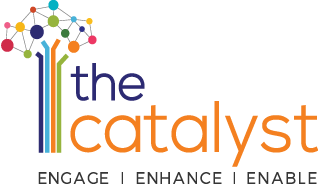
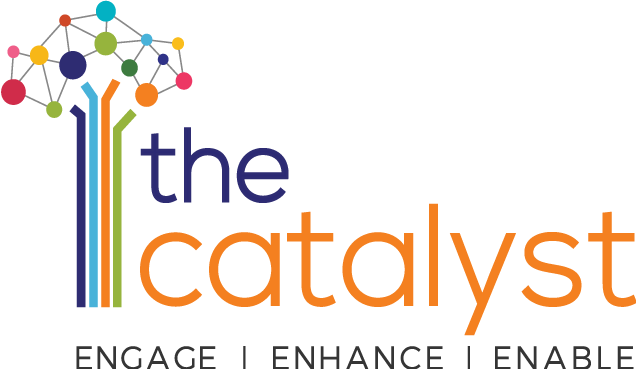

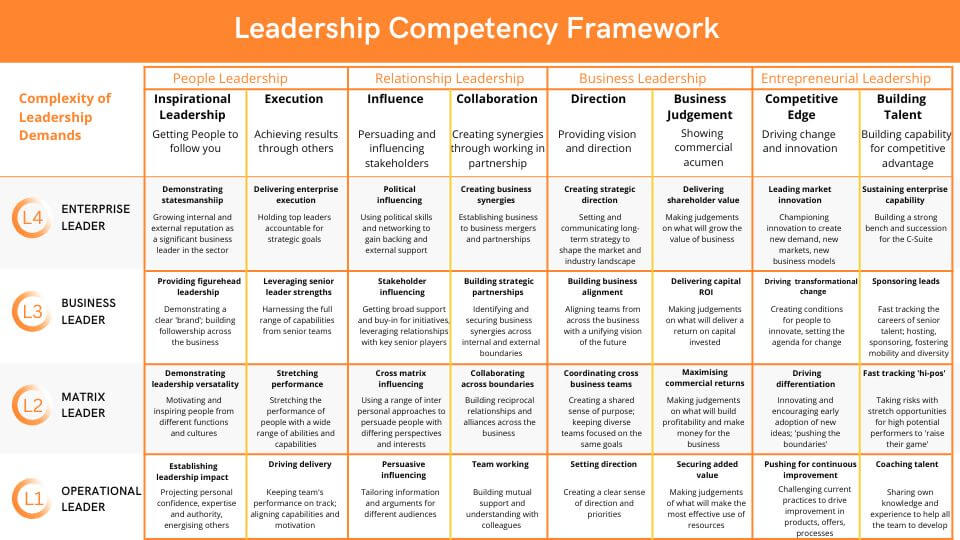
Leave a Reply
Your email is safe with us.
You must be logged in to post a comment.